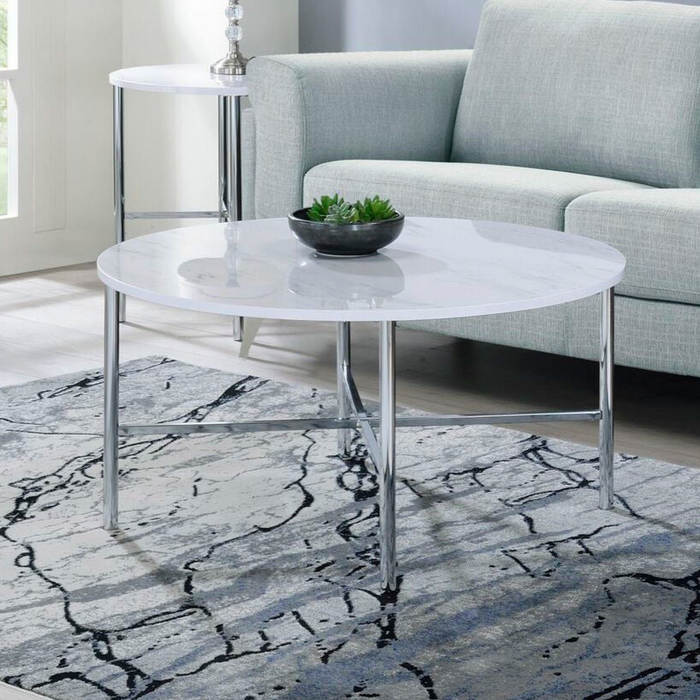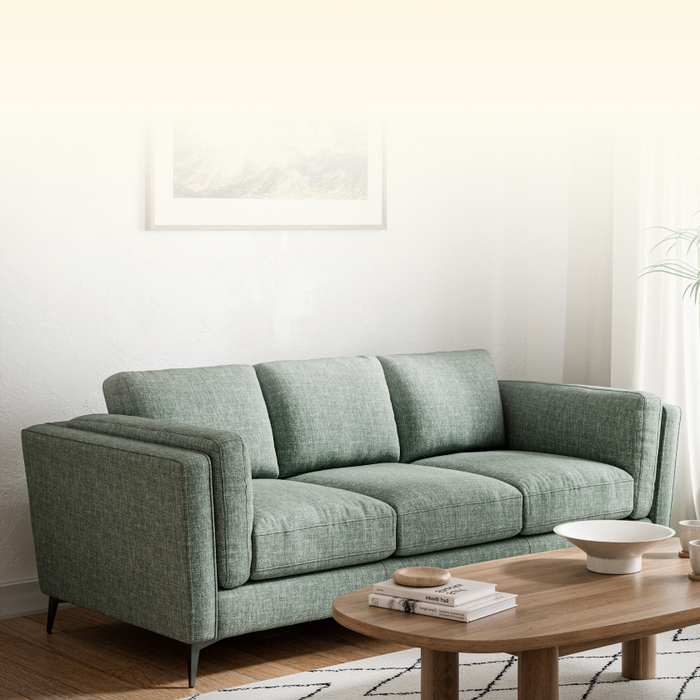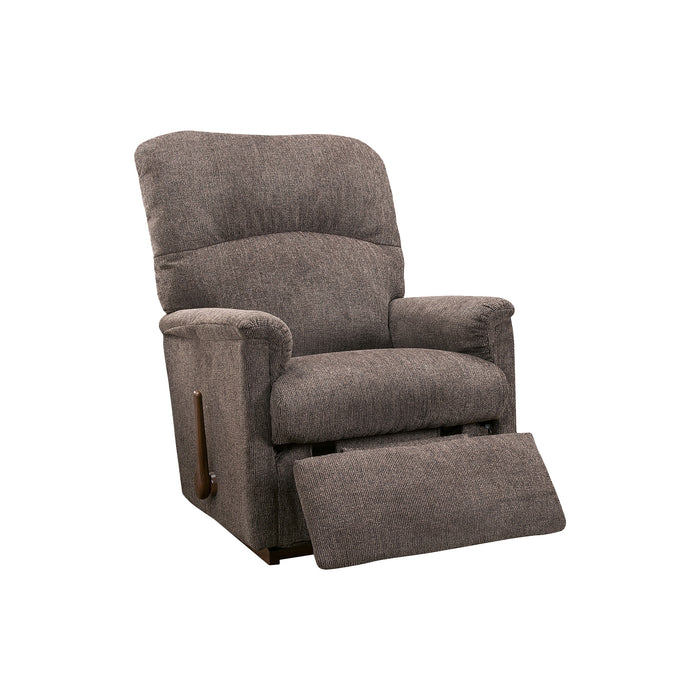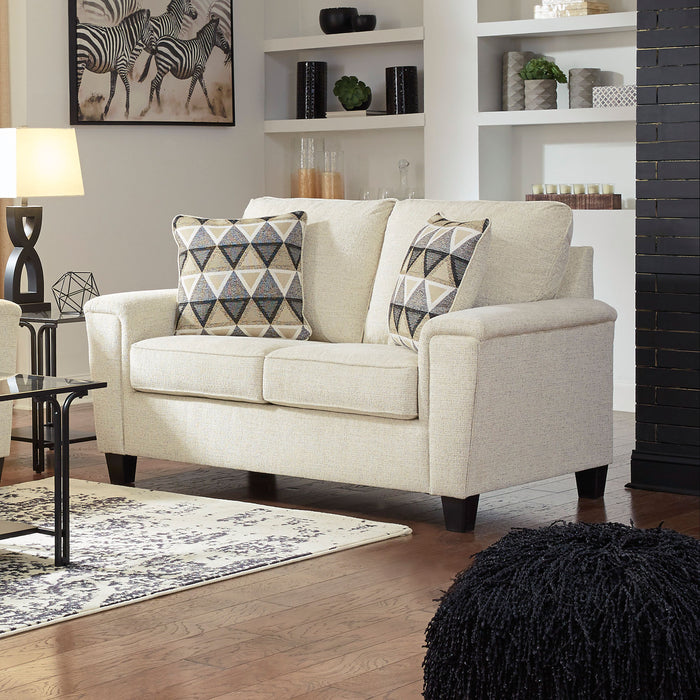
If you suffer from fibromyalgia, then you know how frustrating it is to toss and turn while dealing with muscle tenderness and pain while you're trying to sleep. Not only do you suffer in the moment, but that bad night's sleep can actually worsen your fibromyalgia symptoms during the day, leading to a vicious cycle of pain and discomfort.
Because there's no cure for fibromyalgia, it's all about managing the problem via medications, physical therapy, and lifestyle changes.
One of the coping strategies you can use to improve your sleep quality is to choose a mattress designed to help relieve aches and pains and reduce tossing and turning.
At Slumberland, our customers often come to us because they are experiencing restless nights due to their fibromyalgia (or some other type of back pain). In this post we look at the mattress brand we think does the best job helping those suffering from fibromyalgia — Tempur-Pedic.
Tempur-Pedic uses advanced pressure-relieving foam that contours to your body, so you get the support you need where you need it. Plus, Tempur-Pedic has a variety of models (from a hybrid that comes with extra bounce to the cooling Breeze line that can feel up to 8 degrees cooler) which means you can get the best mattress for all your needs.
At the end of this post, we also provide general tips for sleeping better that can help sufferers of fibromyalgia minimize pain and aches throughout the night.
In our Sleep Solutions department, we help you find the right mattress by giving them a universal rating system. This lets you compare different mattress types and models across brands and helps you find the mattress that will work for you. For example, we label which mattresses have advanced pressure relief, which is a great feature for those suffering from fibromyalgia.
How Tempur-Pedic Helps People with Fibromyalgia
Tempur-Pedic mattress use an advanced type of memory foam called TEMPUR® foam. This is different from the memory foam you'll find in traditional retail mattress and mattress in a box brands.
TEMPUR® foam adapts to your weight, shape, and temperature. So the parts of your body that weigh the most - shoulders and hips - get more contouring support from you mattress. This means every part of your body gets the level of support it needs. (It also means it's a great mattress for couples because each person gets the specific support perfect for their body type and the advanced foam reduces motion transfer, so you don't feel your partner get in and out of bed.)
With this high level of support, Tempur-Pedic mattresses help provide comfort and greatly reduce the amount of tossing and turning you'll do throughout the night. This makes it a great mattress for those suffering from fibromyalgia because by limiting movement, they're less likely to experience any flare ups.
To better understand how advanced TEMPUR® foam is, let's look to its origins. TEMPUR® material was originally made for the NASA space shuttles. The idea was the foam would be put in the space shuttle seats, so when the shuttle broke through Earth's atmosphere, all the pressure would be absorbed by the seat cushions, and not felt by the astronauts.
That's why we love recommending Tempur-Pedic to our customers who are experiencing pain on their current mattress. TEMPUR® foam takes pressure off your body, where you're already experiencing tenderness and ache from your fibromyalgia.
Choosing the Right Tempur-Pedic Mattress

When someone suffering from fibromyalgia comes into one of our showrooms, we're going to take the time to ask them questions about how they generally sleep and what kind of mattress they prefer. This means asking about their sleeping positions, any cooling preferences, and so on.
But if we were pressed to pick a Tempur-Pedic mattress that - all other things being equal - we'd recommend for fibromyalgia sufferers, we'd choose the TEMPUR-LuxeAdapt®.
The TEMPUR-LuxeAdapt® uses a tighter and denser cell structure in its support layer than other Tempur-Pedic models. By increasing its density, it becomes a much more supportive layer of foam. This makes it a great option for people who have sensitive pressure points (like people suffering from fibromyalgia).
If you don't need the advanced foam of the LuxeAdapt, then we'd recommend the ProAdapt line.
The Cooling Option
We've talked about how Tempur-Pedic mattresses can help with pain management and eliminate motion transfer. Tempur-Pedic mattresses can also help you sleep cool.
A quick note: All Tempur-Pedic mattresses are made to not sleep hot, thanks to their cool-to-the-touch cover and breathable top layers of foam. But the Tempur-Pedic Breeze mattresses, which we cover below, were designed to actively cool you down.
- TEMPUR-ProBreeze® -The ProBreeze uses phase change material (PCMs) to keep you cool. Combined with a very breathable layer of TEMPUR® foam, the ProBreeze can feel up to 3 degrees cooler.
- TEMPUR-LuxeBreeze® - The LuxeBreeze does what the ProBreeze does but adds a ventilated version of the Tempur-Pedic's advanced pressure-relieving foam. This helps the LuxeBreeze feel up to 8 degrees cooler at night.
Because these mattresses contain the same TEMPUR® foam and the other advanced features as the other Tempur-Pedic mattress line ups, they're still great for those suffering from fibromyalgia. They also just have the added benefit of helping you sleep cool if you're a hot sleeper.
Slumberland Furniture has simplified mattress shopping with Sleep Solutions. Using the universal mattress rating system, shop online to find the Tempur-Pedic mattress that is right for you.
4 Tips for Sleeping with Fibromyalgia
A good mattress goes a long way in helping you sleep better, but there are still best practices that you can follow to sleep better at night. This is especially true when you're suffering from fibromyalgia - with fibromyalgia every small annoyance is much more significant. If you turn on your side in the middle of the night because your bed is uncomfortable, you may experience a sharp, painful pang in your lower back from your fibromyalgia, which can wake you up.
1. Keep Your Room Cool
Most people probably keep their room a little too warm. The ideal sleep temperature is between 60-67 degrees.
If you're sleeping too warm, or if you're sleeping on a mattress that gets hot, then you're going to be up all night kicking the covers off, turning the fan on to the highest setting, and trying to get cool.
This means you're not sleeping, but it also means you're moving throughout the night. When you're suffering from fibromyalgia, you want to reduce how much you need to move at night.
You can read our article on how to sleep cool at night, and you can also consider investing in a cooling mattress. A cooling mattress will use advanced technology to actively cool you down, helping you sleep.
Mattress shopping tip: In our Sleep Solutions department, we label which mattresses come with moderate or advanced cooling features. This helps you narrow down your search.
2. Don't Have Caffeine Close to Bedtime
Caffeine can make you fidgety, and if you consume it too late in the day, it can stay present in your system long after light's out
For someone with fibromyalgia, being fidgety and antsy in their mattress is just a recipe for disaster. You won't be able to sit still, so you'll toss and turn and shift throughout the night. This not only prevents you from sleeping, it can also trigger aches and pains.
3. Find the Right Pillow for Your Preferred Sleeping Position
Sometimes your back pain isn't coming from a bad mattress — it can also come from a bad pillow or the wrong pillow for your sleeping position.
Generally, side sleepers are going to want a thicker pillow (or a pillow with a thick loft) because this helps keep their head and neck parallel to the mattress.
Meanwhile, back sleepers will appreciate a thinner pillow because if they're lying on a thick one, their head will awkwardly pushed up. This can put pressure on the neck, and the lower back.
4. Elevate Your Legs

When you elevate your legs, you are taking pressure off your lower back which can help reduce the amount of tossing and turning you do at night.
You can elevate your legs by sticking pillows beneath your knees or buying a wedge pillow. But we recommend our customers consider getting an adjustable bed frame. An adjustable bed goes directly beneath your mattress. With a remote (or even a smartphone app on some models) you can lower your legs and your head.
Adjustable bed frames come with a long list of other benefits, too, including :
- Making it easier to watch a movie or read a book or even work from your bed
- Opening your airways by lifting your head up, which reduces snoring and helps you breathe easier when you have a cold or the flu
- Makes it easier to make your bed (by lifting the bed so you can put on the sheet)
Next Steps: Visiting a Slumberland Showroom Near You

Fibromyalgia is a lifelong (and life altering) medical condition where you feel aches, pains and muscle tenderness.
Because there is no cure, people who suffer from fibromyalgia are left to manage their condition through medication, physical therapy, and lifestyle changes.
At Slumberland, we've also seen the significant benefit the right sleeping environment can have on those with fibromyalgia.
We like to show our customers Tempur-Pedic mattresses because they use an advanced memory foam that uniquely adapts to each person's body type, weight, and temperature.
To see which Tempur-Pedic mattress will work best for you, shop all Slumberland Furniture's available Tempur-Pedics or find the closest showroom to you. Our staff of dedicated sleep experts will ask you about your condition — where you experience the most pain — and other relevant factor to help you find the best mattress for your fibromyalgia.






